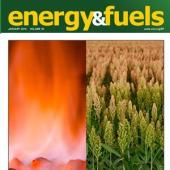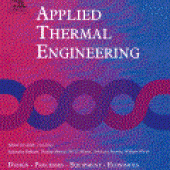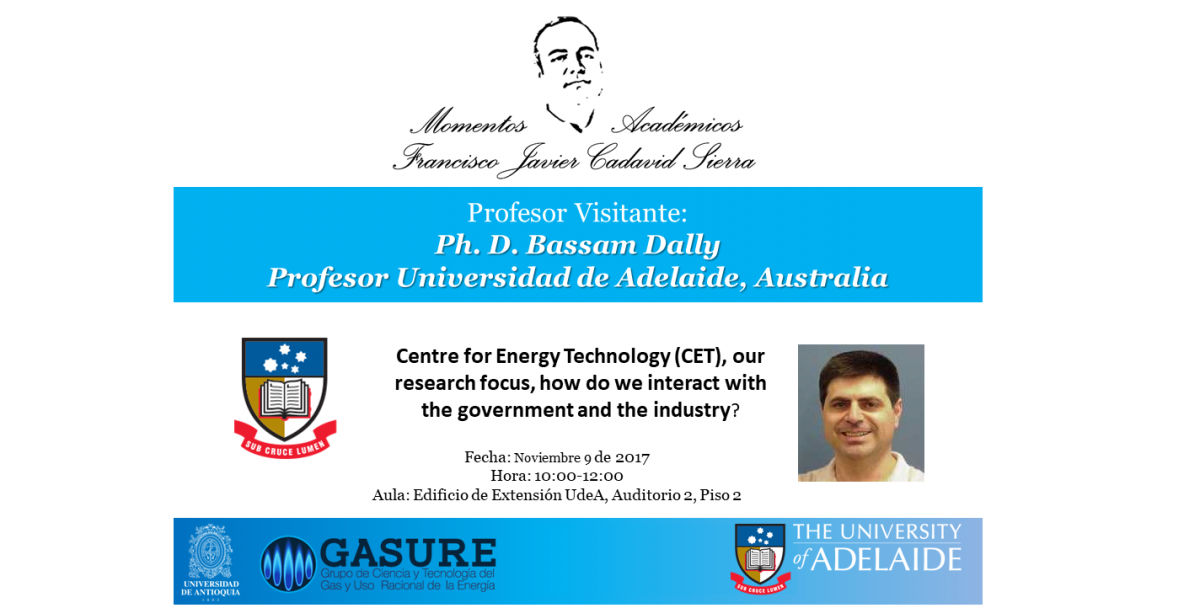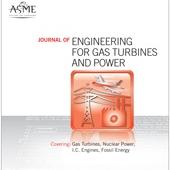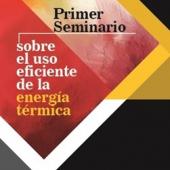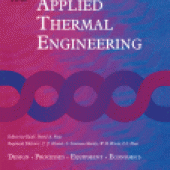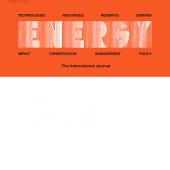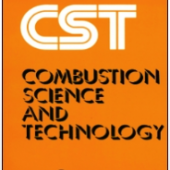Experimental Study of the Polytropic Coefficient for an Air-Cooled, High-Compression-Ratio, Spark-Ignition Engine Fueled with Natural Gas, Biogas, and a Propane–Syngas Blend
The polytropic coefficient is an important variable for determining errors in pressure and volume measurements and for apparent heat release calculation in engine combustion analysis. For commercial gasoline-fueled spark-ignition engines and diesel-fueled compression-ignition engines, a wide understanding about the thermodynamic models and values of the polytropic coefficient exists; however, in other technologies, in which gaseous fuels are used, the pressure treatment strategies and heat transfer models should be adjusted to allow for a better calculation of the polytropic coefficient.


